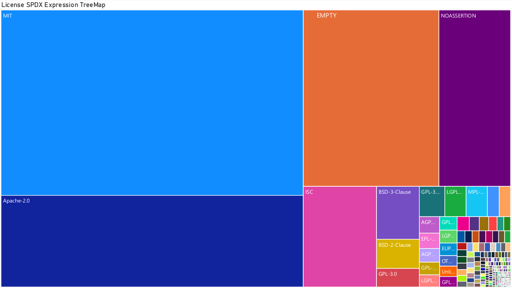- cross-posted to:
- [email protected]
- cross-posted to:
- [email protected]
A few people pointed out that many rust projects were MIT licensed and since then I indeed have seen MIT licensed projects everywhere in Rust. Then I found the link of this post and it looks like MIT was by far the most popular license in all of opensource in 2023.
Any ideas why?



Unfortunately, open-source software is quickly being coopted in many communities, particularly due to corporate influences, such as Microsoft (with GitHub, WSL, etc.) or Red Hat (closing down RHEL). Corporations must use open-source, and GPL (which I am a strong believer of, by the way) does not allow most corporations to use the software, as the software must remain free-and-open-source (FOSS).
Not really, you can charge for GPL software, but you must always provide the source and anyone may redistribute those
MIT license predates the GPL. Tiny projects like X chose it many decades ago.
Most Open Source software is written by corporations.
Probably the largest developer of GPL software is Red Hat. I will avoid responding to the “closing down” of RHEL except to ask how Alma and Rocky are doing. Pretty well I believe.
Permissive licenses like MIT and Apache require the software to “remain free-and-open-source (FOSS)”. That is “the software” released under those licenses (not some future software that has not been written yet).
WSL is Open Source.
But don’t let the facts get in the way.
Depends on how you look at it.
I think some would argue that the competition and rapid innovation garnered by companies who are more freely able to leverage existing software in capitalist society, and the products and services they bring because of it, might be a net positive for the world, in comparison to the alternative.
I think if you were to go down the path of what many FOSS zealots seem to want (not capitalism), you end up with a system that does not promote competition, and people get tired of nothing happening, and society as a whole may not progress much.